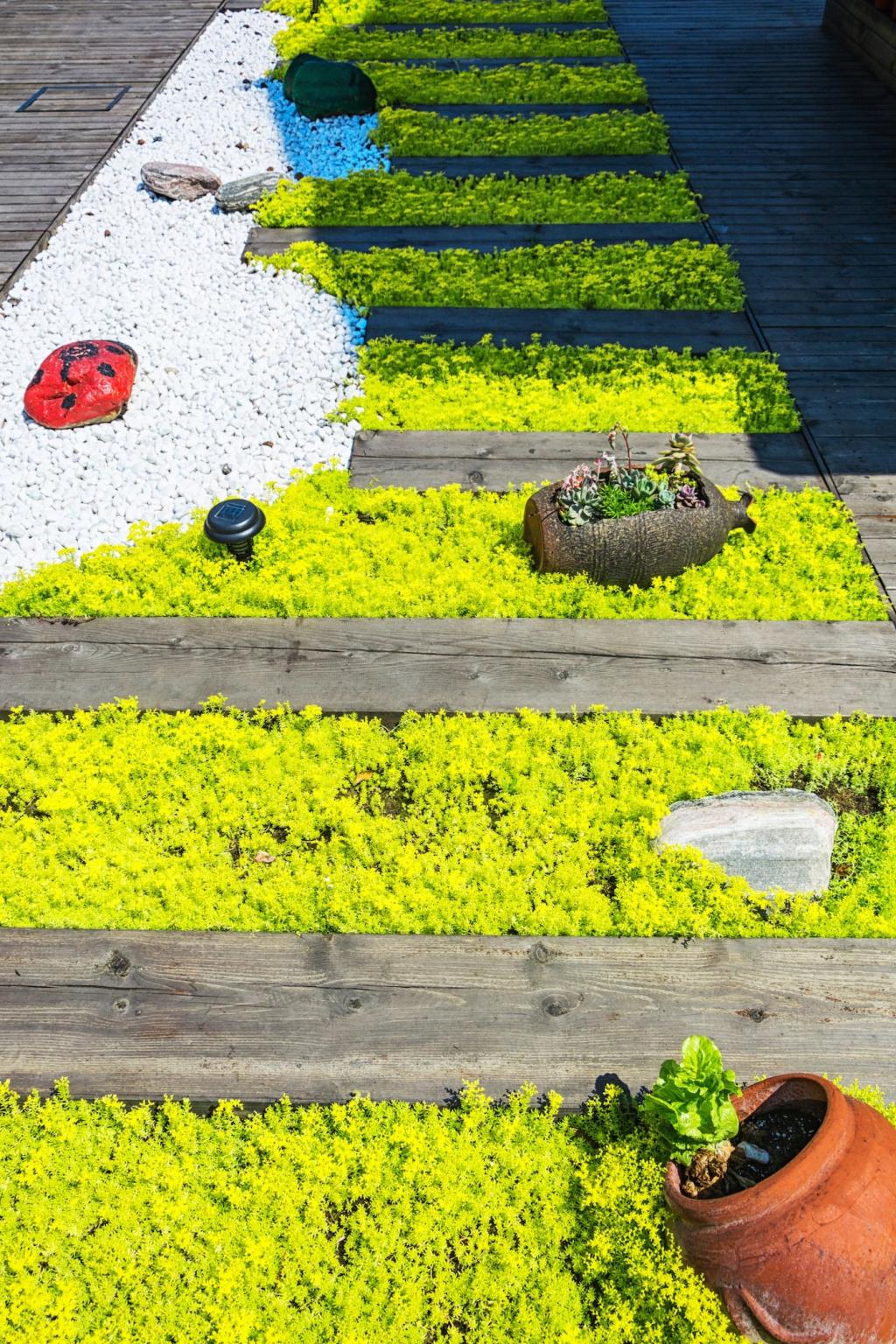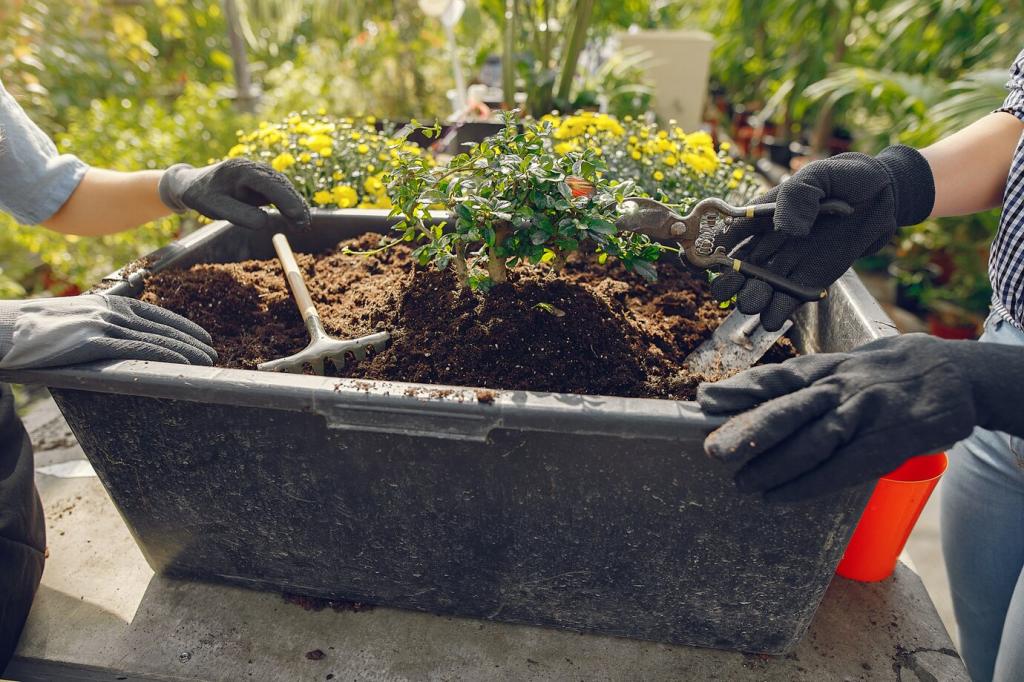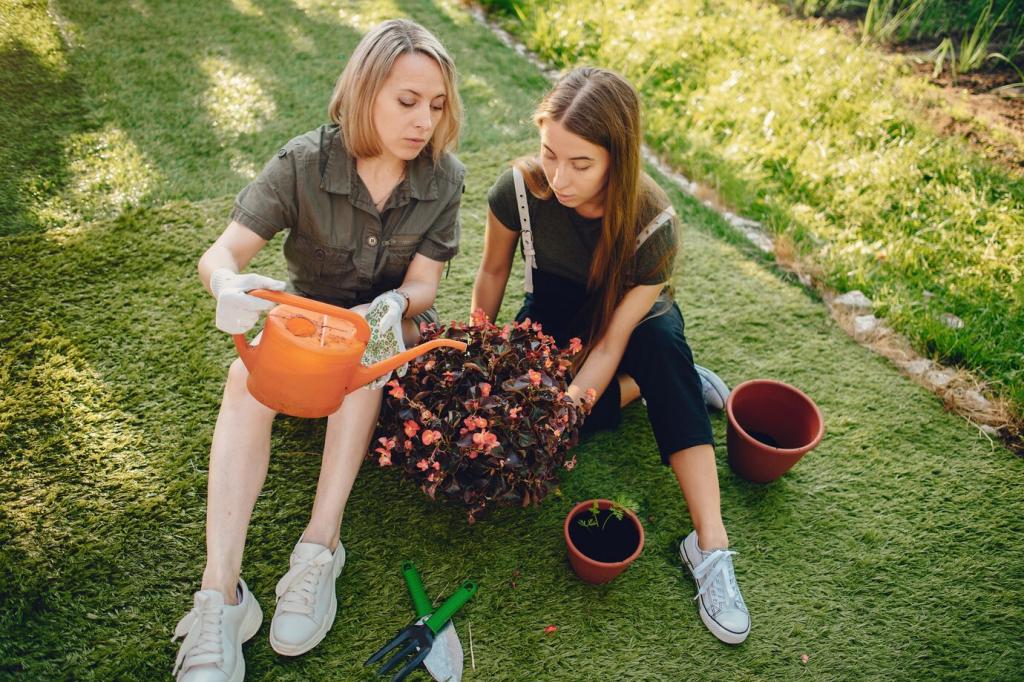Summer: Succession, Shade, and Steady Watering
Sow bush beans or cucumbers every two weeks for a steady flow instead of one glut. Mark dates on your calendar, then set phone reminders. When your first row flowers, start the next. Comment with your spacing success and we’ll share a spacing calculator link.
Summer: Succession, Shade, and Steady Watering
Use 30–40% shade cloth during heatwaves and mulch generously to hold moisture. Water early mornings at the base to reduce disease. A light, steady routine beats frantic rescues. Post your shade setup and we’ll feature creative, low-cost solutions from fellow beginners.
Summer: Succession, Shade, and Steady Watering
Plant marigolds, zinnias, and blooming basil near squash and tomatoes. More pollinators mean better set fruit and fuller harvests. Leave a shallow water dish with pebbles for bees. Tell us your favorite pollinator plant and we’ll compile a reader-sourced flower list.
Summer: Succession, Shade, and Steady Watering
Lorem ipsum dolor sit amet, consectetur adipiscing elit. Ut elit tellus, luctus nec ullamcorper mattis, pulvinar dapibus leo.











